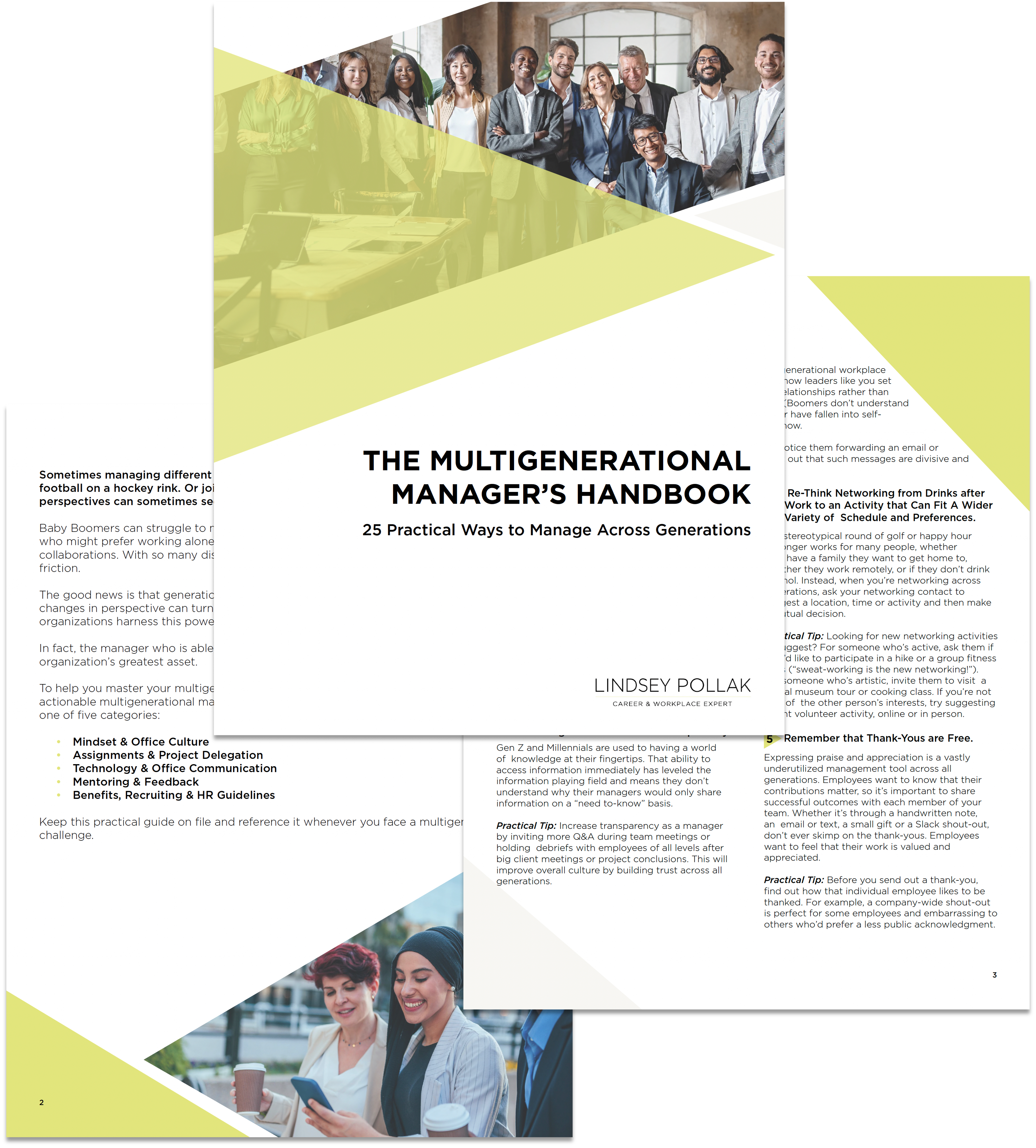As part of my professional and personal growth, every January I select a new word to be my mantra in the coming year. But this year, I’m a little scared to tell you my word because it feels really negative, especially after almost two years full of negativity.
My 2022 word of the year is “no.”
I tend to be a people-pleaser, so my default is often “yes,” which leads me to do things that are valuable and wonderful but that I simply don’t have time for. I can’t give my best to everything when I say “yes” too much. And that increases my stress and drives burnout.
One of my goals, and part of my personal recalculation, is to learn to say “no” more often. I’m nervous about it: I don’t want people to not like me because I say “no” to things. But I also know that I have a bad habit of agreeing to things and then backing out, and I don’t want to be that person.
So for the people-pleasers and overcommitters among us, this year, let’s embrace the freeing power of saying “no.” Here’s why you should learn to say “no” more often, along with tips for putting this powerful tool into practice.
Start With a Gut Check
One of my favorite simple rules for when to say “no” comes from Derek Sivers, who wrote that if your answer isn’t a “hell yes!” then it’s a “no.” I’m starting to trust my gut more, and if I’m not immediately invested, then I’m learning to give that opportunity to someone who can do it justice.
Here’s another question to ask yourself: Would you say “yes” if this event/project/opportunity were taking place tomorrow? We often say “yes” to things because they are far in the future and we believe we can make the time for them. But if our hearts aren’t in it — if it’s not a “hell yes!” — then it’s likely to weigh us down with regret, no matter how far in advance you make the commitment.
Protect Your Calendar — and Your Mental Health
Figure out both your current bandwidth and long-term resources before saying “yes” to a new project. If you don’t think you have the time, passion or headspace to do it well, then you should say “no.”
How to do this? Try “calendaring” instead of having a to-do list: Look at your calendar first to figure out where it might fit. If you already have too many engagements on the horizon, then I think you know what you need to say.
Or, ask yourself the same question Brené Brown’s coach asked her: “What do you want to be held accountable for?” How many things can you be accountable for before you drop the ball? Don’t waste time and energy — both yours and the person you’ve said “yes” to — on a project that you can’t complete.
Ask Someone Else for Help
I’m almost done with this article, and I’m still nervous about saying “no.”
When I admitted this fear to my coach, she suggested I call or email her for approval before saying “yes” to anything. Brilliant. Obviously, I still retain the option to say “yes” to something, but bouncing the idea off of someone else first helps me make better decisions. A second opinion can act as an “insurance policy,” preventing you from becoming led astray by your will to please.
Learning to say “no” is really hard. But if I am a people-pleaser (and I definitely am), is it worse to say “no” from the beginning or to say “yes,” but then do a poor job or back out at the last minute? Which response will actually make you a better liked, more respected person?
I know that, often, “no” is the right thing to say, but I’m still nervous about it, and doing so will probably remain hard for me. And that’s how I know it’s the right word for a year of true growth: It should be a challenge.
Do you have a word of the year to share? What are you planning to say “no” to this year? Let me know on LinkedIn. I’d love to hear your ideas!
Photo credit: Martha Rich
